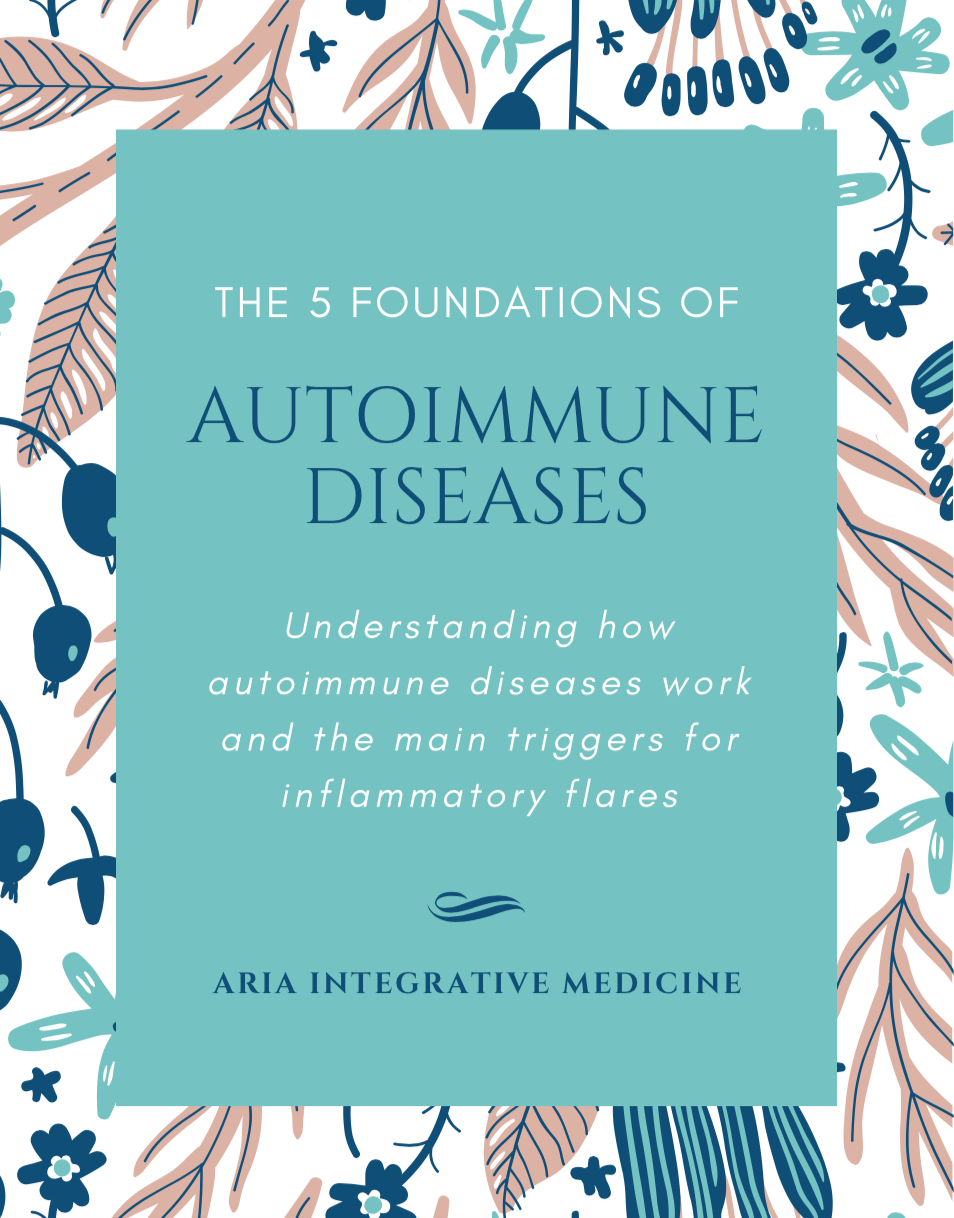Centella Asiatica: A Promising Natural Remedy for Scleroderma

Centella Asiatica, commonly known as Gotu Kola, is a perennial herb native to Asia. Traditionally used in Ayurvedic, Chinese, and Indonesian medicine, this plant has garnered attention for its potential therapeutic properties, particularly in the treatment of skin conditions and wound healing. Recent research suggests that Centella Asiatica may offer promising benefits for managing scleroderma, a chronic connective tissue disease characterized by skin thickening and hardening.
Understanding Scleroderma
Scleroderma, also known as systemic sclerosis, is an autoimmune disease marked by excessive collagen production, leading to fibrosis of the skin and internal organs. Symptoms include skin tightness, pain, stiffness, and in severe cases, organ dysfunction. The exact cause of scleroderma remains unknown, and current treatments primarily focus on symptom management and slowing disease progression.
Therapeutic Potential of Centella Asiatica
- Anti-inflammatory Properties: Inflammation plays a significant role in the pathogenesis of scleroderma. Centella Asiatica contains compounds like asiaticoside, madecassoside, and asiatic acid, which exhibit strong anti-inflammatory effects. These compounds can help reduce inflammation and alleviate symptoms associated with scleroderma.
- Antifibrotic Effects: One of the key challenges in scleroderma is managing fibrosis. Studies have shown that Centella Asiatica can inhibit the synthesis of collagen and reduce fibrosis. Asiaticoside and madecassoside are particularly noted for their ability to modulate the activity of fibroblasts, the cells responsible for collagen production.
- Enhancing Wound Healing: Centella Asiatica is well-known for its wound healing properties. It promotes the production of collagen and improves the tensile strength of newly formed skin. This can be beneficial for scleroderma patients who often suffer from skin ulcers and slow healing wounds.
- Improving Microcirculation: Vascular abnormalities are common in scleroderma, leading to issues like Raynaud’s phenomenon. Centella Asiatica has been shown to improve microcirculation, which can help in managing these vascular symptoms.
- Antioxidant Effects: Oxidative stress plays a significant role in the progression of fibrosis. The antioxidants in Centella Asiatica can neutralize free radicals, reducing oxidative damage and helping to protect tissues from further harm.
Scientific Evidence
Several studies have explored the effects of Centella Asiatica in fibrosis and skin healing:
- In Vitro Studies: Laboratory studies have demonstrated that extracts of Centella Asiatica can inhibit fibroblast proliferation and collagen synthesis. These findings support its potential use in reducing skin fibrosis in scleroderma patients.
- Animal Studies: Animal models of fibrosis have shown promising results with Centella Asiatica treatment, indicating reduced fibrosis and improved skin texture.
- Clinical Studies: While clinical studies specifically targeting scleroderma are limited, research on related conditions, such as chronic wounds and hypertrophic scars, suggests that Centella Asiatica is effective in enhancing skin healing and reducing fibrosis.
Usage and Dosage
- Supplements: Centella Asiatica is available in various supplement forms, including capsules and tablets. It’s important to consult with a healthcare provider before starting any new supplement regimen, especially for managing a condition like fibrosis.
- Topical Applications: For skin fibrosis, look for creams and ointments containing Centella Asiatica extract to directly benefit the affected area.
- Herbal Tea: Drinking Centella Asiatica tea can provide systemic benefits and support overall health. Simply steep dried Gotu Kola leaves in hot water for a few minutes.
Centella Asiatica holds promise as a natural remedy for scleroderma, offering anti-inflammatory, antifibrotic, and wound healing benefits. While more clinical research is needed to establish definitive efficacy and safety, existing evidence supports its potential as an adjunct therapy for managing scleroderma symptoms.
Schedule an appointment and find out how centella asicatica could help you !
References
James, J. T., & Dubery, I. A. (2009). Pentacyclic triterpenoids from Centella Asiatica (L.) Urban attenuate the oxidative potential of bacterial lipopolysaccharide in human umbilical vein endothelial cells. Journal of Ethnopharmacology, 124(2), 197-206.
Shukla, A., Rasik, A. M., Jain, G. K., Shankar, R., Kulshrestha, D. K., & Dhawan, B. N. (1999). In vitro and in vivo wound healing activity of asiaticoside isolated from Centella Asiatica. Journal of Ethnopharmacology, 65(1), 1-11.
Byun, S. Y., Kim, H. J., Yu, K. S., Lee, S. J., & Jung, Y. H. (2019). The effects of Centella Asiatica extract on skin biophysical properties and photoprotective effects: a systematic review. Journal of Cosmetic Dermatology, 18(6), 1612-1620.

